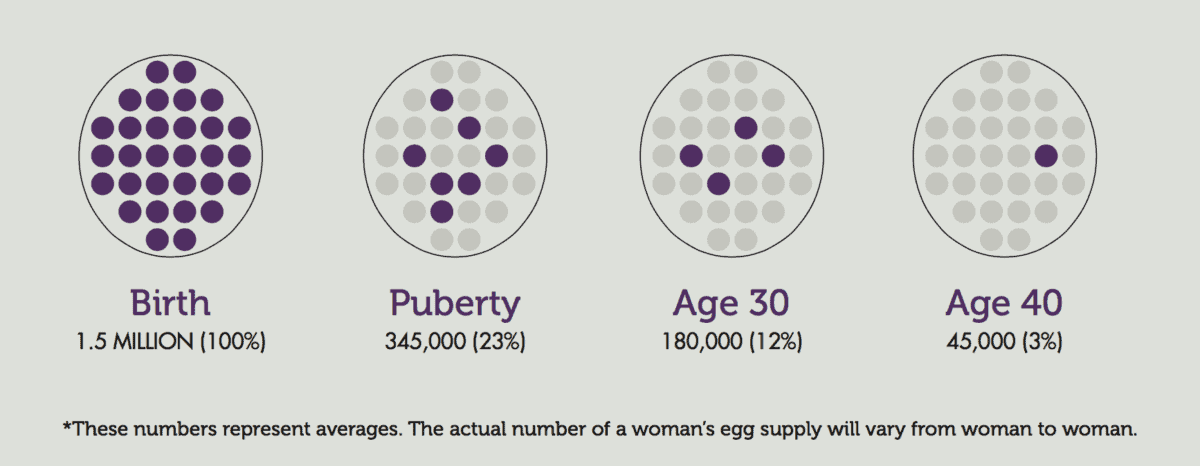Diminished Ovarian Reserve (DOR) is a decrease in the number and quality of the remaining eggs in the ovaries, or a poor response to ovarian stimulation. DOR is one of the major conditions leading to infertility in women. Ovarian aging occurs naturally as women get older, making it more challenging to get pregnant and stay pregnant. However, DOR is not a condition exclusive to women over 40. It can affect younger women as well.
Approximately 10 percent of women begin this usually age-related decline of ovarian function much earlier in life, meaning that when their ovarian reserve is evaluated, it is found to be lower than what is expected for their age. This may mean that their chance for conception is reduced as compared to other age- matched women. However, a slightly suboptimal ovarian reserve screen (blood or ultrasound results; AMH and antral follicle counts are most common) in a woman who has not yet attempted conception does not always imply that she cannot get pregnant and consultation with a reproductive specialist is critical in these cases.
It is important to remember that many women with even very low ovarian reserve can conceive with their own eggs. Some may require individualized treatment that is tailored for their ovarian reserve status.
Contents
SYMPTOMS
In most cases, there are no specific symptoms or signs. Some women may notice slight changes in their menstrual cycles, such as shorter or longer cycles or spotting before full menstrual flow.
CAUSES
Known causes of diminished ovarian reserve include smoking, endometriosis, previous ovarian surgery, exposure to toxic chemicals, chemotherapy or radiation. In many cases, the cause is unknown and most likely reflects a combination of environmental and genetic causes.
TESTING & DIAGNOSIS
The diagnosis of diminished ovarian reserve relies on both laboratory and ultrasound findings: high FSH (follicle stimulation hormone) or estradiol (estrogen) level in early follicular phase of the menstrual cycle, few recruitable, antral follicles on pelvic ultrasound, or low AMH (anti-mullerian hormone).
As a woman ages, her FSH and estradiol levels on her menstrual cycle day 2, 3, or 4 increases, and her antral follicle count decreases, which represents fewer numbers of eggs and follicles ready to respond to hormonal stimulation that month. Similarly, AMH is a marker of early follicles that decreases with worsening ovarian reserve.
EGG SUPPLY | DIMINISHED OVARIAN RESERVE
While men can produce millions new sperm each day throughout most of their life, females are born with their lifetime egg supply. This supply continually decreases with age, trauma (ex: ovarian surgeries or radiation) and through monthly ovulation. During a woman’s reproductive life she will ovulate approximately 300-400 eggs.



2 thoughts on “Diminished Ovarian Reserve (DOR)”
Tengo 44 años, me quitaron un Endometrioma por Endoscopia hace 2 años y luego tratamiento con Zoladex, deseo embarazo
Deseo tratamiento de rejuvenecimiento ovárico. Tengo 44 años y antecedente de Endometriosis. Es posible?